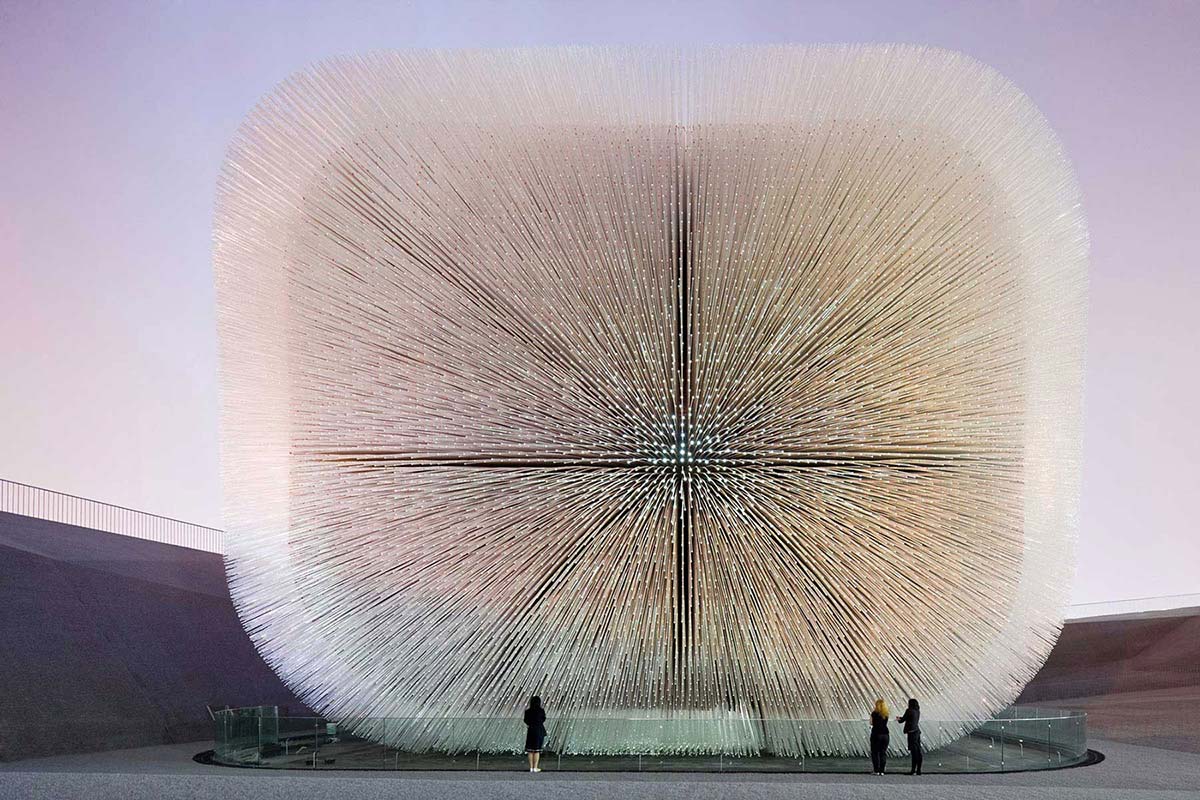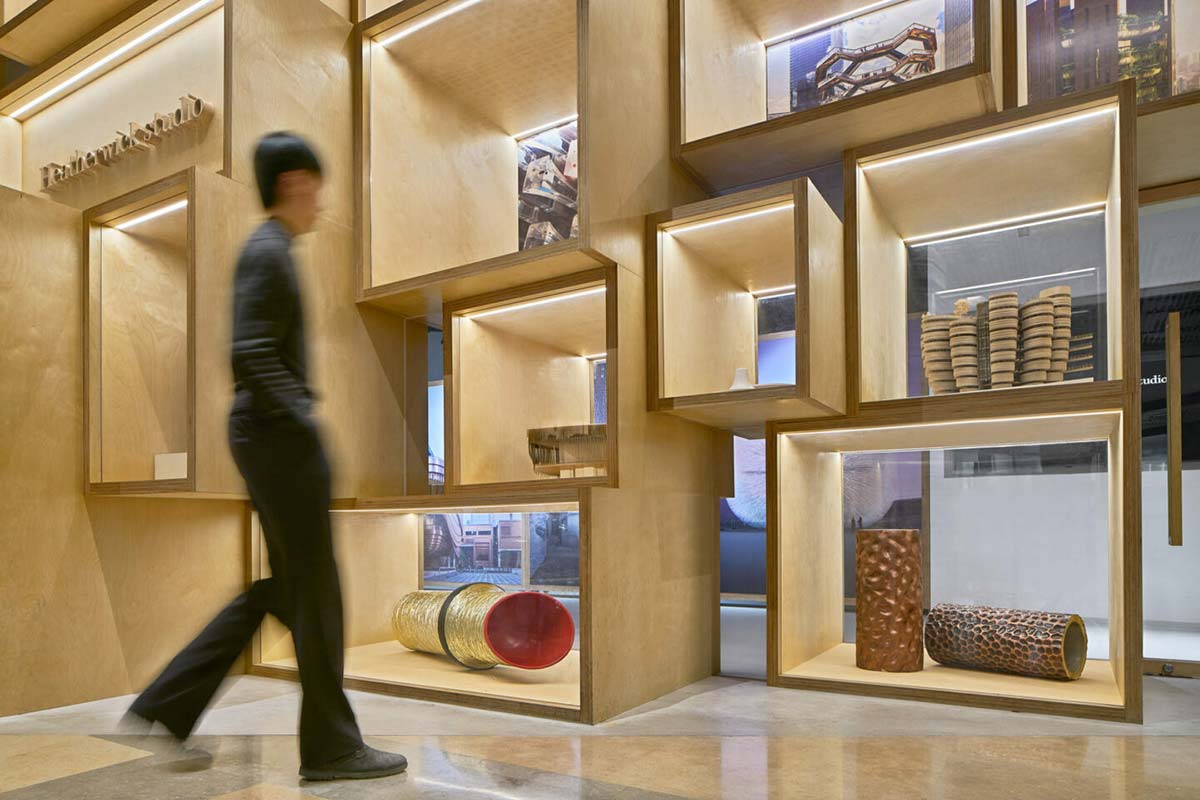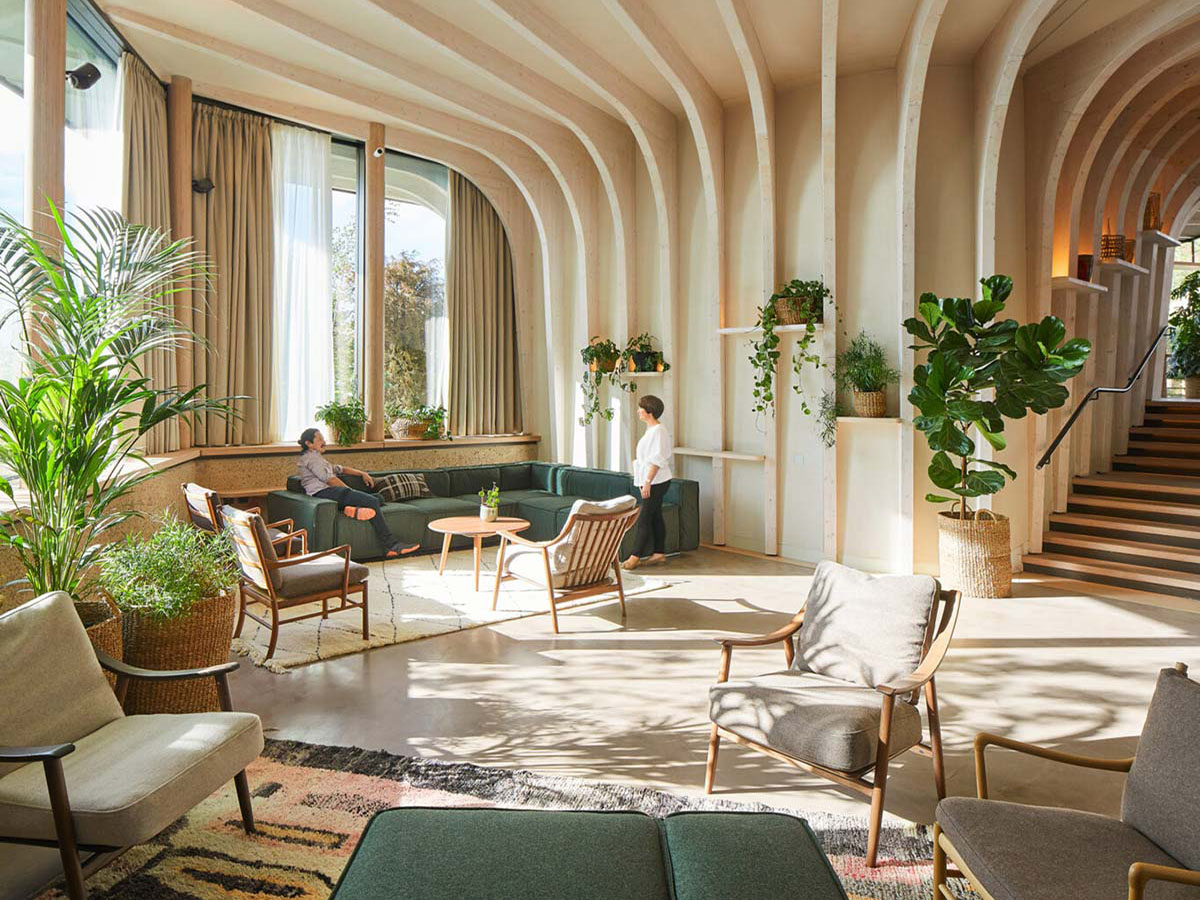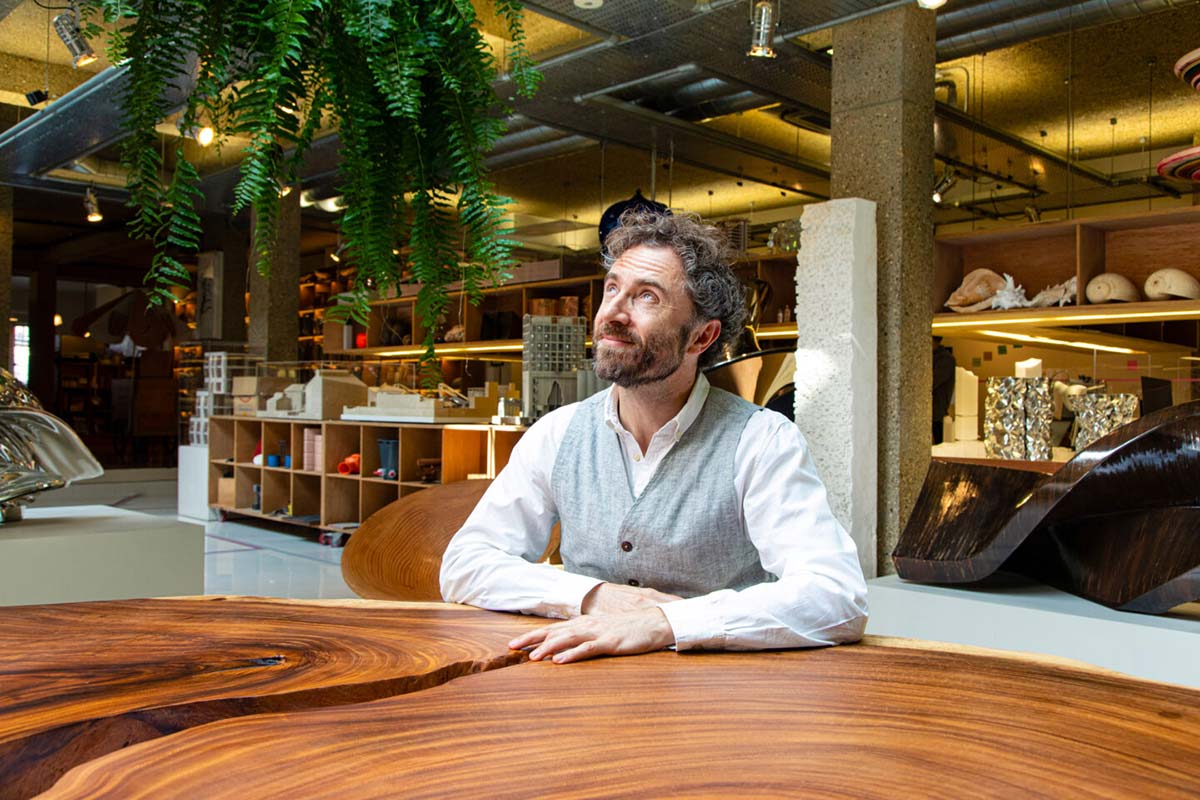Thomas Heatherwick is known for his unique and highly innovative approach to architecture, which spectacularly combines elements of design, art, and engineering. In China, Heatherwick has made a distinctive mark, realizing projects that have regenerated urban space and promoted interaction between the environment and its users.

One of Heatherwick’s most emblematic creations in China is the UK Pavilion at the Shanghai Expo in 2010, an extraordinary building constructed using 60,000 slender fiber optic rods that radiated light from the exterior to the interior, creating a dynamic environment. Also in Shanghai, Heatherwick brought life to 1000 Trees, a vast mixed-use complex characterized by voluminous blocks that seem to sprout from the ground, with trees growing from each of its peaks, visually dissolving the boundaries between architecture and nature.
The English designer was invited by Design Shanghai to give a lecture on the occasion of the launch of the Chinese edition of his latest book, “Humanise,” published last October in the United Kingdom by Viking, a Penguin imprint. “Humanise” offers a passionate analysis of contemporary architectural practices that, according to Heatherwick, exacerbate social disconnection and environmental degradation. The book, which draws on the author’s three decades of architectural experience and the latest studies in neuroscience and cognitive psychology, argues that well-designed buildings can uplift us and strengthen our social fabric.

Heatherwick articulated the potential for China to spearhead global innovation in design by marrying aesthetics with practicality to revive and enhance urban environments. His main concern highlighted how design disciplines traditionally emphasize the functionality and internal elements of buildings such as lighting, airflow, and space optimization. However, he challenged this by redirecting focus towards the exteriors of buildings – not just their architectural forms but how they interact with human emotions and public life.
According to Heatherwick, there’s been an oversight in the emotional engagement that architectural exteriors evoke among the masses who experience these spaces predominantly from the outside. He argues that a massive segment of city dwellers feels detached from the architectural designs shaping their environment, which are increasingly perceived as sterile or impersonal. This detachment not only lessens community connection but also disregards the broader public’s interaction with a city’s architectural.

The thrust of his discourse pivots toward the societal impact of design choices and the potential of architecture to enhance daily life by making spaces not only functional but also emotionally resonant. He emphasizes the importance of considering how buildings can enliven public spaces, fostering a sense of community and belonging, rather than perpetuating alienation.
Heatherwick’s call to action for future designs is for them to be more inclusive and responsive to human needs, promoting an architectural ethos that values both form and function but puts a premium on emotional connectivity. This approach could redefine how cities are designed and experienced, making them not only more efficient but also more humane and engaging.








